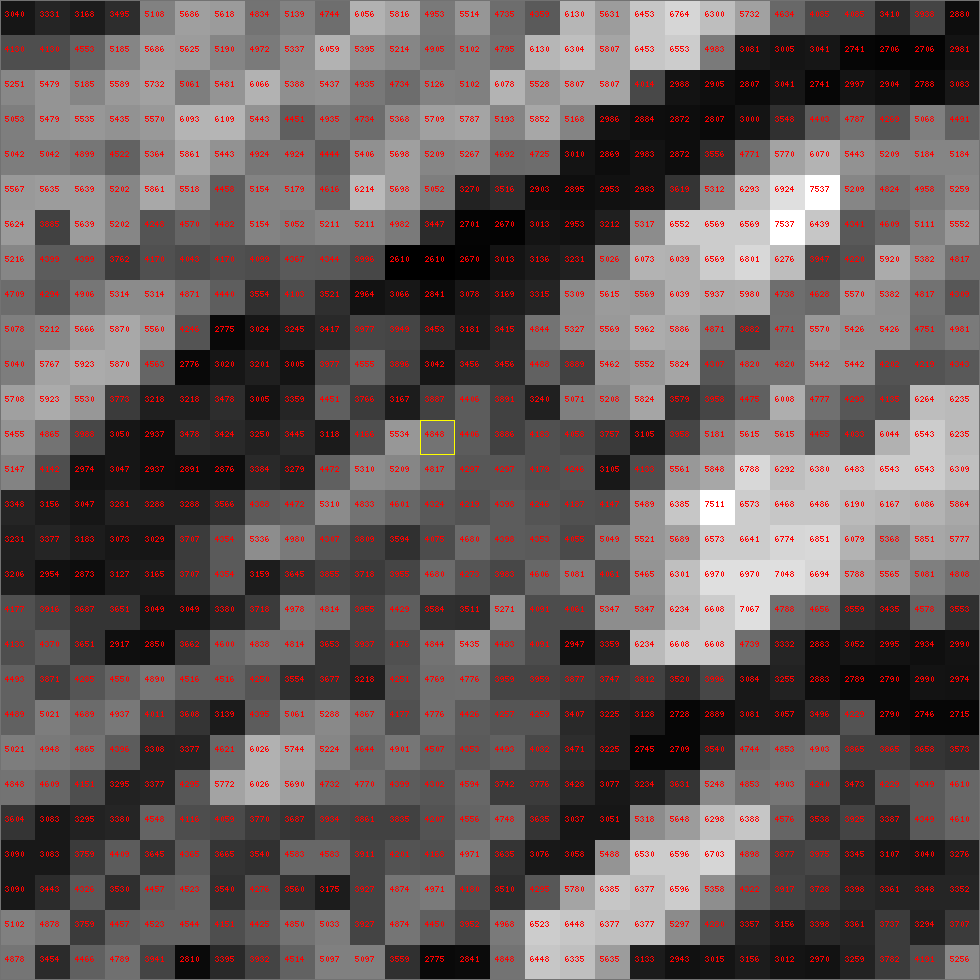
|
Problem Framing What kinds of data models can be developed to reduce the effort and risks involved in siting flux sensor towers? Background In eddy covariance science, flux sensor towers involve many pieces of equipment including observational instruments, reference instruments, data loggers, power sources, and others. For researchers, determining the optimal placement of each item requires collecting and interpreting data from many sources. This process can be arduous and dangerous. The DOE-funded AmeriFlux project gathers and shares long-term carbon, water and energy flux measurements for eddy covariance science from over 500 sensor towers throughout the Americas. Other factors that could skew data include exposure to decomposing biomass, eddy shadows, precipitation, wildlife movement, instrument fatigue, etc. Eddy covariance is used to calculate fluxes from varied sources. A wind rose is a graphical representation of the wind patterns for a geographical location. Decisions about instrument and tower siting can require periodic reevaluation in the face of disturbances such as wildfires, crop harvesting, and species migration. Data visualization coupled with UAV imagery can reduce effort in the evaluation of potential sites. In addition, data processing and interpretation can be enhanced by triangulation with visualized wind data. [1] |
|
Wind Rose Sketches |

|
My Roles
Methodologies
Process
Artifacts
Overview Generative user interviews were conducted to establish user needs. I performed routine sensor correlation tasks such as measuring the distance between sensors by wading deep into the slough. Next, data sets and models were evaluated for relevance, availability and feasibility for development of visualization. Sonic anemometer data was selected as a viable source for wind rose visualizations. Sample wind roses were constructed, and presented to users during usability studies. Designs were modified, and wind roses generated for each tower site with relevant data. Findings
|
|
Wind Roses |

|
Outcomes
Reflection
|
|
UAV and Satellite Data: UAV imagery[2] can greatly reduce the effort required to select sites for instruments and towers, which can be over 30 meters tall, to be able to observe the surrounding vegetative canopy. Lidar imagery and satellite data such as this MODIS image from another site also inform siting efforts. |
 |
 |
|
Lidar Data: Lidar data[3] can be used to generate 3D models of canopy and terrain, saving time and effort in siting decisions. |
 |
 |
|
Site and tower variability: Tower sites range from the arctic such as Poker Flat in Alaska[4] to the tropics of Guanica Forest in Puerto Rico[5]. Siting these towers and then their instruments can be challenging in even the best local weather of the year. |
 |
 |
|
Bits
|
[1] Jonathan Thom
[2] Jonathan Dandois
[3] Gil Bohrer and Tim Morin
[4] AmeriFlux
[5] NEON Program and Battelle
